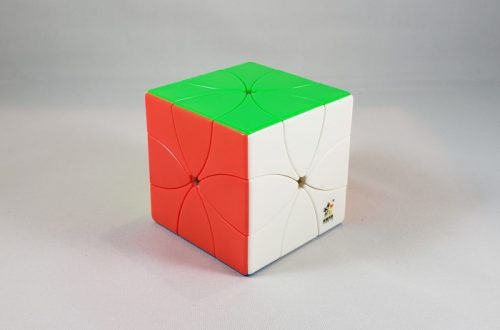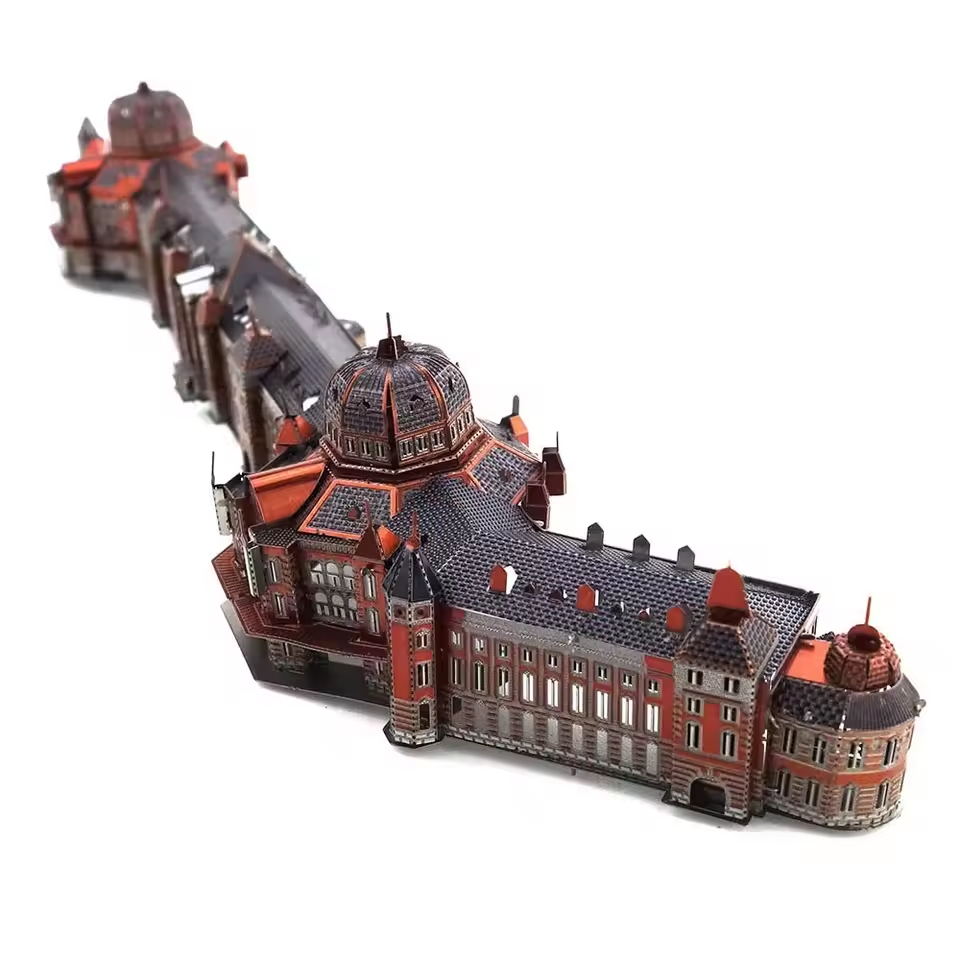Middle school is a time of intellectual growth, making it the perfect stage to introduce students to the exciting world of logic puzzles. These brain teasers challenge critical thinking, hone problem-solving skills, and offer a rewarding sense of accomplishment when the solution clicks into place. This article explores the benefits of logic puzzles for middle schoolers and presents five engaging puzzles tailored specifically for their age group.

Part 1: The Benefits of Logic Puzzles
Sharpened Critical Thinking:
Engaging in logic puzzles involves an intricate process of analyzing information, identifying patterns, and drawing logical conclusions. This mental exercise serves as a powerful tool for strengthening critical thinking skills, which are fundamental for both academic achievements and daily decision-making. By immersing oneself in the multifaceted challenges posed by logic puzzles, individuals hone their ability to assess information critically and discern underlying patterns and connections. Additionally, solving logic puzzles cultivates the capacity to make informed and reasoned conclusions based on evidence and logical deduction. These skills are invaluable in academic pursuits, where the ability to analyze complex problems and draw evidence-based conclusions is essential. Furthermore, the honing of critical thinking skills through logic puzzles seamlessly extends to everyday decision-making, empowering individuals to approach challenges with a systematic and analytical mindset.
Improved Problem-Solving Abilities:
Logic puzzles present challenges that necessitate creative thinking and experimentation. The process of eliminating possibilities and refining strategies trains students to approach problems systematically and develop effective solutions.
Enhanced Concentration and Memory:
Solving logic puzzles requires focused attention on the clues and deductions made. This mental workout improves concentration and memory skills, beneficial for both academic pursuits and daily activities.

Boosted Confidence and Self-Esteem:
Cracking the code of a logic puzzle offers a sense of accomplishment and boosts confidence. Recognizing their problem-solving skills empowers students to tackle academic challenges with a positive attitude.
Fun and Engaging Learning:
Logic puzzles provide an enjoyable break from traditional classroom activities. They offer a stimulating challenge that promotes learning and critical thinking in a fun and engaging way.
Part 2: Puzzle Time! – Getting Started
Setting the Stage:
Create a stimulating environment for tackling logic puzzles. Gather some friends, grab paper and pencils, and maybe set a timer to add a touch of excitement (optional).
Read Carefully:
Before diving in, ensure everyone understands the puzzle’s rules and objective. Read the instructions carefully and clarify any questions before starting the thought process.
Part 3: 5 Logic Puzzles to Challenge Young Minds
Puzzle 1: Mystery at the Museum
A group of friends – Alex, Ben, Chloe, Maya, and Sarah – visited the museum on a field trip. Each student carried a different backpack (red, blue, green, or yellow) and brought a unique lunch (sandwich, salad, or wrap). Can you match the backpack color with the lunch each student brought based on the following clues?
Alex hates sandwiches and doesn’t carry a red backpack.
The student with the green backpack brought a salad.
Ben prefers wraps and doesn’t like the blue backpack.
Maya doesn’t carry the yellow backpack.

Puzzle 2: The Coded Classroom
In Ms. Johnson’s science class, students are learning a code to represent elements on the periodic table. Each element symbol is replaced by a different number:
Hydrogen (H) = 1
Oxygen (O) = 2
Carbon (C) = 3
Nitrogen (N) = 4
Here are some coded elements on the board:
321 = ?
41 = ?
234 = ?
Can you decipher the code and identify the elements represented by each number sequence?
Puzzle 3: The Island of Treats
There are three islands on a tropical lake. Each island has a different kind of delicious treat: ice cream, cake, or cookies. Boats can only travel between islands connected by bridges. Can you figure out which island has what treat based on these clues?
The island with ice cream is not connected to the island with cookies by a bridge.
There is only one bridge leading to the island with cake.
You cannot travel directly from the cake island to the ice cream island.
Puzzle 4: The Mystery Movie Marathon
Four friends – Emily, Liam, Noah, and Olivia – decided to have a movie marathon. Each friend prefers a different genre: comedy, action, animation, or drama. Can you figure out who likes which genre based on the following clues?
Emily hates comedies and wouldn’t watch an action movie either.
The person who loves animation lives next door to the one who enjoys dramas.
Noah prefers animation over dramas.
Puzzle 5: The Lost Treasure Hunt
A pirate map leads to buried treasure on a remote island. The map depicts four landmarks: a palm tree, a waterfall, a cave, and a shipwreck. The treasure is hidden either north, south, east, or west of one of these landmarks. Can you determine the location of the treasure based on the following clues?
The treasure is not hidden north of the waterfall.
The palm tree is not directly east or west of the treasure.
The shipwreck is south of where the treasure
Part 4: Cracking the Code: Strategies for Success
Identify Key Information:
Underlining or highlighting important clues in the logic puzzle can help you focus and avoid missing crucial details. Pay close attention to what each clue reveals and how it interacts with other information.
Explore Possibilities:
Many logic puzzles involve making logical deductions based on the given clues. Try creating a chart or table to organize different possibilities for each element in the puzzle (e.g., who has which backpack, which island has what treat).
Utilize Process of Elimination:
As you analyze the clues, eliminate options that are demonstrably impossible based on the information provided. This process narrows down the possibilities and helps you converge on the correct solution.
Think Outside the Box:
Sometimes, solving a logic puzzle requires creative thinking. Don’t be afraid to consider different angles and approaches. Drawing diagrams or visualizing the scenario can help unlock new insights.

Collaboration is Key:
Logic puzzles can be even more fun and engaging when tackled with friends. Discussing ideas, brainstorming solutions, and explaining your reasoning can lead to a breakthrough.
Part 5: The Thrill of Victory and the Journey Beyond
The Satisfaction of Success:
The moment a logic puzzle clicks into place and you reach the solution is truly rewarding. It’s a testament to your critical thinking skills and perseverance.
A Lifelong Journey:
Logic puzzles are not just one-time challenges; they can be an ongoing source of learning and entertainment. There are countless logic puzzles available online and in books, catering to various difficulty levels. Embrace the challenge, keep practicing, and enjoy the journey of becoming a logic puzzle master!
Bonus Challenge:
Encourage your students to create their own logic puzzles! This activity reinforces their understanding of the core concepts and fosters creative problem-solving skills.



